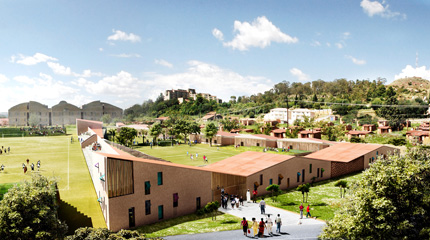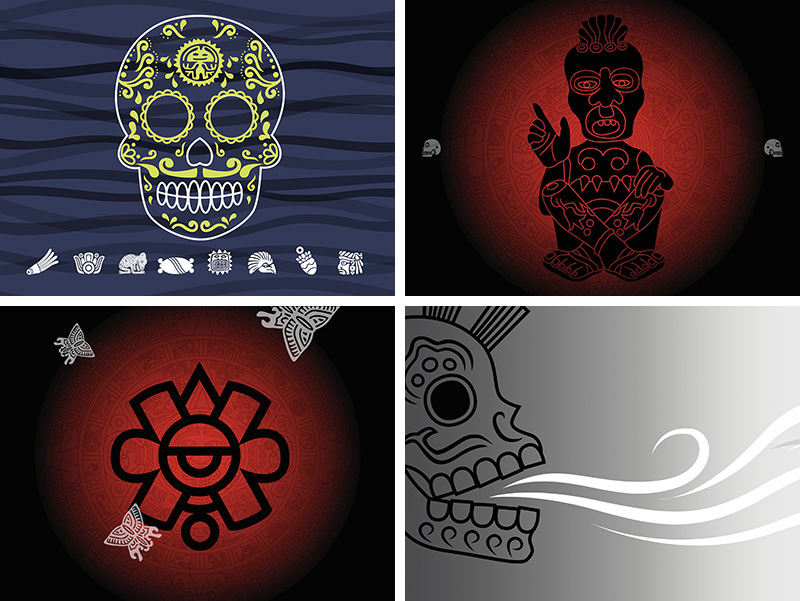
November 2, 2009
Kick4Life

In Africa, HIV/AIDS education, to be effective, must surmount a number of debilitating social hypocrisies. Take Kenya, where a government census of the country’s gay male population is planned for 2010. Officials there hope that, armed with new knowledge, they will more effectively debunk a widely held belief among gay men that unprotected sex is actually safer than sex with a condom. Data collectors face but one obstacle: Homosexuality in Kenya is a crime punishable with jail time.
Recognizing the difficulty of top-down HIV/AIDS education in Africa, one NGO is taking a grassroots approach to teaching young people about the importance of regular testing. Its grass just happens to be rooted on a soccer pitch.
Since 2005, Kick4Life has used soccer as a medium for encouraging testing and education among young adults in the tiny Southern African nation of Lesotho, where one in four people lives with HIV — the third-highest prevalence in the world.
The organization has deftly entwined its solemn mission with its sporting one. Prevention lessons occur during dribble-skills workshops. Youth teams entered in soccer tournaments earn points not just for goals, but also for completing HIV testing sessions. Kick4Life’s efforts have encouraged soccer heroes such as England head coach Fabio Capello and Lesotho’s crack native son, Seema, to visit its base outside the capital of Maseru.
To date, that base has been a cluster of decrepit, decades-old police living and athletic quarters, with rudimentary shelters erected for HIV testing. Earlier this year, however, footy fans at award-winning Norwegian architecture firm Reiulf Ramstad Arkitekter learned about Kick4Life and traveled to Lesotho to brainstorm ideas for an enhanced sports complex.
The studio’s managing director, Reiulf Ramstad, is responsible for Norway’s Barents Secretariat Tower — which, when completed, will be the world’s tallest wooden structure — as well as dramatic museums informed by rugged Nordic landscapes. His interest in a Southern African development site might seem surprising to everyone except Ramstad.
“We always make very site-specific architecture; it’s never about applying a style or a logo,” he says. “Before going down [to Lesotho], we had this approach of using very vernacular architectural solutions. But we’re not trying to make some elevated architectural statements. We want things to be very purposeful.”
The spec calls for a rehabbed soccer pitch, plus facilities like team rooms and showers as well as HIV testing spaces. In the complex’s second phase, the org hopes to create a clinic for community members living with HIV. Ramstad sees potential for the site that goes far beyond Kick4Life’s core mission.
“There’s a deep knowledge in the surrounding communities of growing vegetables, so we considered how we could get the young people to learn from these local experts and have dedicated garden lots. The end users are already thinking of the space as a community gathering space, even a commercial space, so the potential is already there.”
Kick4Life and Ramstad hope to break ground early next year, but significant fundraising must be done before crews set to work. For Ramstad, there is no doubt about Kick4Life’s worthiness. “They’re not coming down and leaving; they’re staying put. Now, though, there are expectations of this project, and we need to meet them. This is becoming a formidable part of people’s lives.”
Observed
View all
Observed
By Jonathan Schultz
Recent Posts
Courtney L. McCluney, PhD|Essays
Rest as reparations: reimagining how we invest in Black women entrepreneurs Food branding without borders: chai, culture, and the politics of packaging Why scaling back on equity is more than risky — it’s economically irresponsible Beauty queenpin: ‘Deli Boys’ makeup head Nesrin Ismail on cosmetics as masks and mirrors
 Jonathan Schultz is a Brooklyn-based writer and editor who covers automotive and consumer-product design, electronics, pop culture and bicycle jousting.
Jonathan Schultz is a Brooklyn-based writer and editor who covers automotive and consumer-product design, electronics, pop culture and bicycle jousting.


